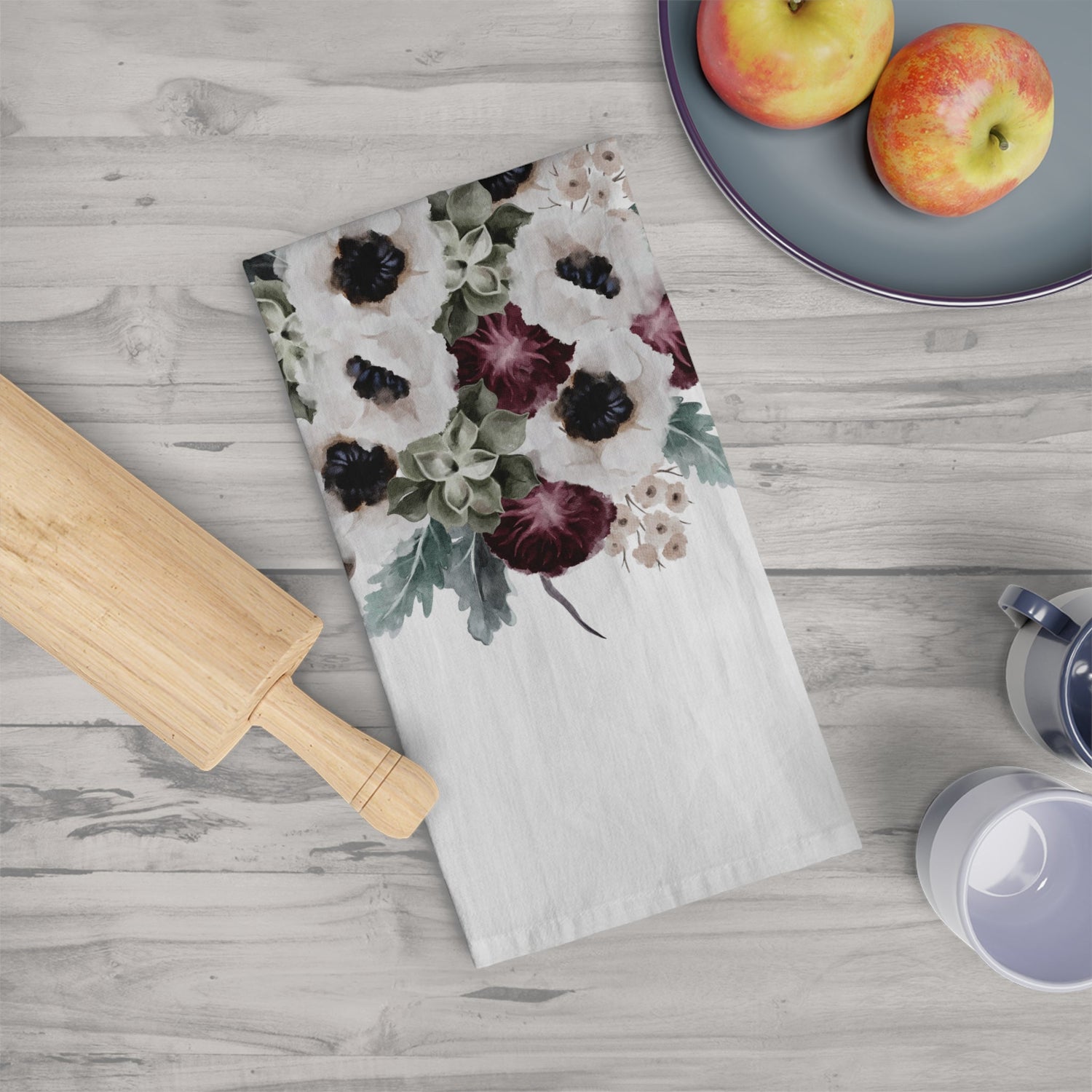
Choosing the Right Plants for Your Garden
Share
A Guide to Thriving Plants & Beautiful Spaces
Gardening isn’t just about picking the prettiest plants or the ones with the biggest harvest—it’s about choosing the right plants for your space, your soil, and your growing conditions. The key to a successful garden is understanding what your plants need and working with nature, not against it. Whether you’re planting in containers, building a garden bed, or looking to add more native plants to your space, this guide will help you make informed choices.

Understanding Light & Soil Needs
Every plant has specific needs when it comes to light and soil. Ignoring these requirements often leads to struggling plants and disappointed gardeners. Here’s how to assess what your garden can provide:
Light Requirements
- Full Sun (6+ hours of direct sunlight) – Best for heat-loving plants like tomatoes, peppers, sunflowers, and many herbs.
- Partial Sun/Partial Shade (4–6 hours of sunlight) – Ideal for greens like lettuce and spinach, many flowers, and herbs that prefer cooler conditions.
- Full Shade (Less than 4 hours of sunlight) – Some plants thrive in shade, like ferns, hostas, and certain native ground covers.
Soil Considerations
Soil is more than just dirt—it’s the foundation of plant health. Before planting, consider:
- Drainage – Does water pool in an area? Some plants need well-drained soil, while others tolerate wet conditions.
- Soil Type – Sandy soil drains fast and needs more organic matter; clay soil holds water and may require amendments to improve structure.
- Nutrients – Healthy soil is alive! Adding compost, using mulch, and practicing no-till gardening helps maintain soil fertility.

Container Gardening vs. In-Ground Planting
Not all plants thrive in containers, and not all need a big garden bed. Here’s how to decide:
Best Plants for Containers
- Compact vegetables: Lettuce, radishes, dwarf tomatoes, peppers, and herbs.
- Flowers: Pansies, marigolds, alyssum, and nasturtiums.
- Perennials: Certain strawberries, chives, thyme, and lavender.
Best Plants for In-Ground Gardens
- Deep-rooted plants: Corn, squash, fruit trees, and sunflowers.
- Perennials that establish over time: Berry bushes, asparagus, and rhubarb.
- Native plants that support wildlife and soil health.
What Are Heirloom Plants Really?
“Heirloom” has become a buzzword, but the real meaning is tied to location and history. Heirloom plants are open-pollinated varieties that have been grown and passed down through generations. They’re often well-adapted to the climate and soil where they were traditionally grown. That means an heirloom tomato from the Midwest may not thrive in the Deep South without some adjustments. Choosing heirloom plants that suit your region ensures better success in your garden.

The Beauty & Benefits of Native Plants
Native plants aren’t just for wild spaces—they make stunning, low-maintenance gardens that help repair soil, support beneficial insects, and solve landscape challenges.
Why Grow Native Plants?
- Soil Health – Deep roots break up compacted soil and improve drainage.
- Pest Control – They attract pollinators and beneficial insects that keep pest populations in check.
- Drought Resistance – Many are adapted to local conditions, reducing the need for extra watering.
- Erosion Control – Stabilize slopes and prevent soil from washing away.

Functional & Beautiful: Mixing Flowers & Vegetables
A garden doesn’t have to be rows of vegetables separated from flowers! Interplanting creates a balanced ecosystem, improves pollination, and enhances aesthetics.
How to Combine Flowers & Veggies
- Companion Planting – Basil with tomatoes, marigolds with beans, and nasturtiums with squash help deter pests and boost growth.
- Layered Planting – Tall plants provide shade for low-growing greens; vining plants can climb trellises, freeing up ground space.
- Pollinator Attractors – Flowers like cosmos, echinacea, and borage bring in bees and butterflies that help with vegetable production.

Gardens Without Rows: Embracing a Natural Layout
Traditional row planting is great for large-scale farming, but home gardens thrive with a more natural approach.
- Curved Beds & Mixed Plantings – Mimic natural ecosystems by mixing plant types for a lush, layered effect.
- Dense Planting – Helps shade soil, retain moisture, and reduce weeds.
- Fruit Trees & Perennials – Create edible landscapes by incorporating berry bushes, herbs, and flowers together.

Choosing the right plants means looking at your growing conditions, understanding what thrives in your climate, and embracing diversity in your garden. Whether you’re growing heirlooms, planting natives, or mixing flowers and veggies, the key is to work with nature instead of fighting it. By selecting plants that suit your space and needs, you’ll have a beautiful, productive garden that’s easier to maintain and full of life.
LFG (Let's Flourish & Grow) 🖤



